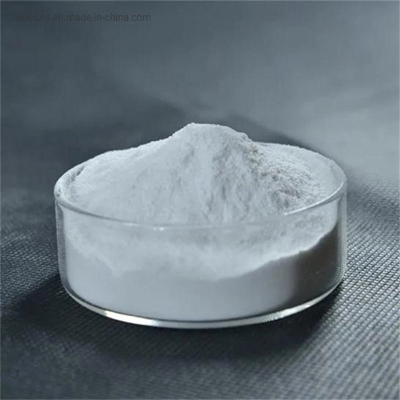-
Categories
-
Pharmaceutical Intermediates
-
Active Pharmaceutical Ingredients
-
Food Additives
- Industrial Coatings
- Agrochemicals
- Dyes and Pigments
- Surfactant
- Flavors and Fragrances
- Chemical Reagents
- Catalyst and Auxiliary
- Natural Products
- Inorganic Chemistry
-
Organic Chemistry
-
Biochemical Engineering
- Analytical Chemistry
- Cosmetic Ingredient
-
Pharmaceutical Intermediates
Promotion
ECHEMI Mall
Wholesale
Weekly Price
Exhibition
News
-
Trade Service
the yellow even wood genus, perennal deciduous fruit trees, small trees. The name Pistacia vera L.wild species originated in the mountains of Central and West Asia, West Asia was the earliest cultivated, there are 3500 years, Central Asia cultivation in 2000, European cultivation as early as Italy, there are 1500 years. Now the world's main producing countries Turkey, Iran, Afghanistan, Greece, Syria and other countries.The Tang Dynasty of China was introduced by Persia (Iran) and cultivated for about 1300 years. It is cultivated in Kashgar region of Xinjiang.tree is 3-6m high. The tree is open, the crown diameter is 3-6m. The bark was dark gray and rough. The branches are smooth and red-brown. Odd plumes with 3-5 small leaves; small leaf eggs round, 5-10cm long, leaf thick, full edge, hairless, female and male strains; male flowers have 1-2 slivers, 3-5 males; female flowers have 2-5 slivers and 1 embryo bead sub-room, nut eggs round or long circle, seeds light green or yellow, oily, for food.main root deep into the soil layer below 4m, horizontal root often exceeds the canopy. There is a clear trunk, no central leadership trunk, dry happy, branched branches and results tree. Long life span, with up to 700 years of large trees in Iran, the result can last 350-400 years.in Kashgar, Xinjiang, in early April, flowering in mid-April, early maturation in August, precocious varieties need about 110 days, late maturation about 130 days. The reproductive period is about 180-210 days.arid subtropical tree species, resistant to annual precipitation of 200-400 mm, air relative humidity of 50% of the region can grow well. The growth season requires an average temperature of 24-26 degrees C and can withstand temperatures of 43.8 degrees Celsius. Winter can tolerate -30 degrees C low temperature, the Mediterranean group cold resistance is weak, -9 degrees C on the occurrence of frost damage. Adaptable, happy light, suitable for the elevation of 600-1200m Yangpo mountain, the root system is not resistant to moisture, afraid of water accumulation, resistant to 0.2% of the soil saline.there are about 30 species of Yellow Lian wood genus, 2 kinds of Chinese origin, namely Huanglian wood and fragrant wood, can be tried as Ayue Hunzi birch. Only one species of fruit is available for consumption. There are two main types of A-Moon Hunzi in Xinjiang. (1) round fruit type, (2) long fruit type.Ayue Hunzi transplant is not easy to survive, the use of live planting, or the use of nutrition seedling planting. Pre-seeding needs to be soaked and layered, the treatment temperature is 4 degrees C, it takes 6 weeks. Sowing garden deep after the flat ridge, ridge distance of 4-5m, 30cm high, in the ridge slope digging hole seeding, hole distance of 3m, each hole sowing 2-3 grains, cover 5cm of soil. Can be grafted and bred, birch in addition to the use of yellow wood and fragrant wood, can be used Atlantic yellow wood and mushroom incense, more resistant to worms, and this birch is not resistant to worms.need to be reasonably configured male and female trees, the appropriate ratio of 10:1, into the flowering strong proportionally will be redundant male graft into plants. There are two kinds of grafting methods, in the spring for skin grafting, in summer for T-shaped buds.a moon hunzi from the seedling stage to draw many side branches, horizontal elongation to form low trees. Plastic surgery from the beginning of young trees, choose the trunk around the different directions of branches as the main branch, short shearing fine branches, bent branches, to fill the gap between the main branches. The fruit is retracted and pruned.is 54-68% oily, and its unsaturated fatty acids are up to 90%, carbon water
compounds
9-13%,
protein
20-13% 25%, inorgic salt 2.5-3.3%,
vitamins
A, B, etc., benevolent fresh food, fried food, sugar stains, but also the production of pastries and refreshing beverages of the top ingredients. Peels and kernels can be used in medicine.






